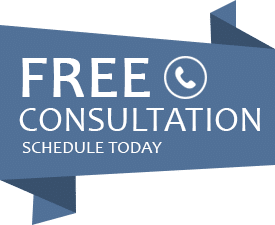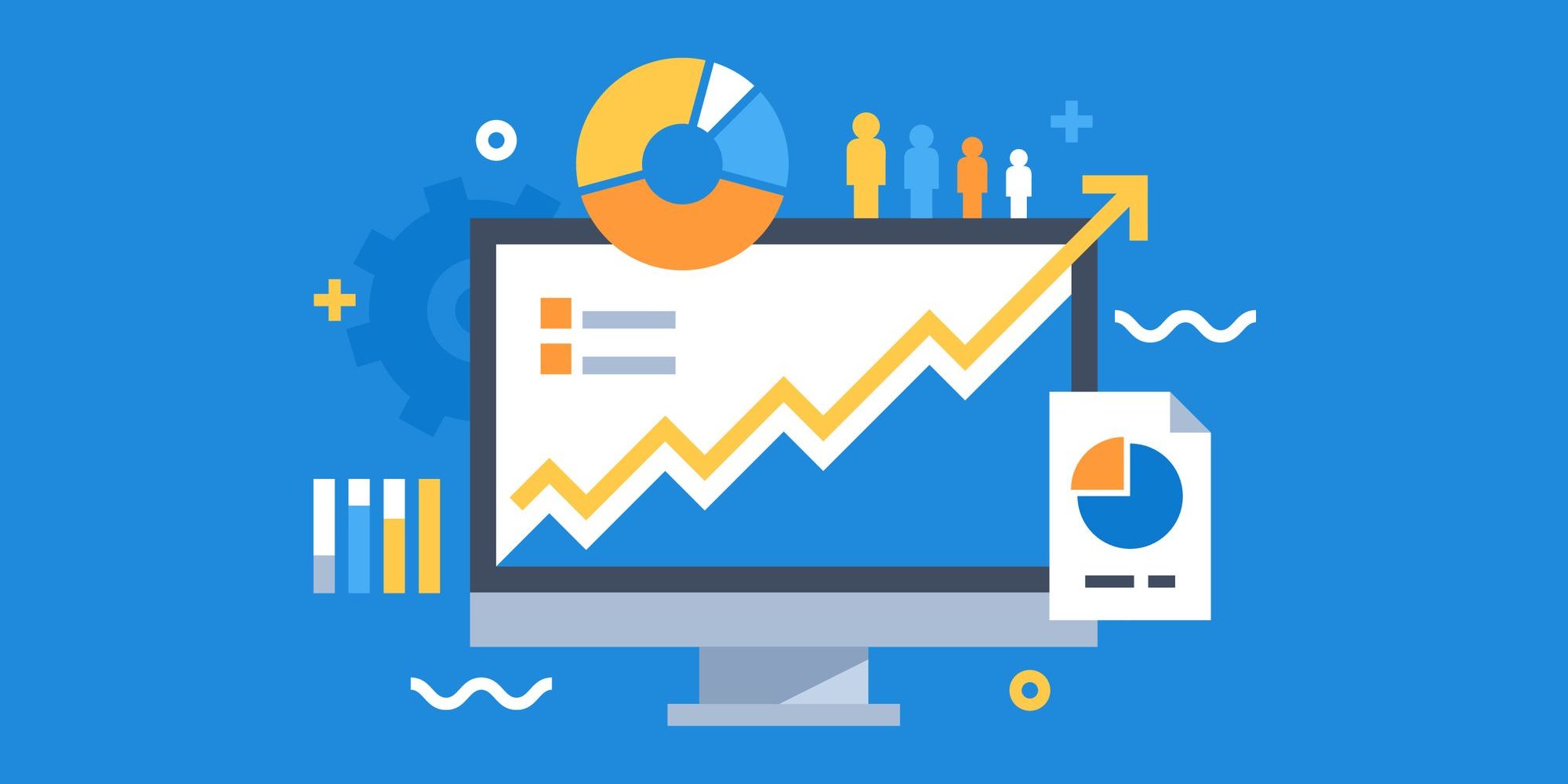 In the digital age, where the e-commerce industry is flourishing, understanding the relationship between website traffic and online sales is pivotal for success. Website traffic serves as the lifeblood of e-commerce businesses, directly impacting their ability to convert visitors into paying customers. We describe here how to break down website traffic, its conversion into shoppers and customers, and the tactics used to optimize this process. Maximizing website traffic and online sales for e-commerce websites.
In the digital age, where the e-commerce industry is flourishing, understanding the relationship between website traffic and online sales is pivotal for success. Website traffic serves as the lifeblood of e-commerce businesses, directly impacting their ability to convert visitors into paying customers. We describe here how to break down website traffic, its conversion into shoppers and customers, and the tactics used to optimize this process. Maximizing website traffic and online sales for e-commerce websites.
Breaking Down Website Traffic
Website traffic can be categorized into several segments, each offering unique insights into user behavior:
Organic Traffic: This comes from search engines when users find your site through non-paid search results. SEO strategies like keyword optimization and high-quality content are crucial here.
Direct Traffic: Visitors who type your website URL directly into their browser fall into this category. This often indicates brand loyalty and recognition.
Referral Traffic: This includes visitors who land on your site through links from other websites. Building partnerships and acquiring backlinks are key to driving referral traffic.
Social Traffic: These are visitors from social media platforms. Effective social media marketing can significantly boost this traffic segment.
Paid Traffic: Generated from paid advertisements like Google Ads, Facebook Ads, or any other pay-per-click campaigns. This is often targeted and can drive immediate traffic.
Email Traffic: Visitors who come through email campaigns. Email marketing is a powerful tool for engaging with a dedicated audience.
Other Traffic: This includes any other sources, such as affiliate marketing or video marketing platforms like YouTube.
Converting Traffic into Shoppers
Once traffic is directed to your e-commerce site, the next challenge is converting these visitors into shoppers. This process involves several key steps:
User Experience (UX) Design: A well-designed website that is easy to navigate can significantly enhance the shopping experience. A cluttered site can deter visitors, while a clean, intuitive design encourages exploration and purchases.
Product Pages: High-quality images, detailed descriptions, and customer reviews can help convert visitors into shoppers. Ensure your product pages answer potential customer questions and highlight the benefits of the product.
Mobile Optimization: With a significant amount of traffic coming from mobile devices, having a mobile-optimized site is crucial. Google reports that 61% of users are unlikely to return to a mobile site they had trouble accessing.
Loading Speed: A slow-loading website can drastically reduce conversion rates. According to Google, the probability of bounce increases by 32% as page load time goes from 1 second to 3 seconds.
Call to Action (CTA): Clear and compelling CTAs guide visitors towards making a purchase. Phrases like “Buy Now,” “Add to Cart,” or “Shop the Sale” can be very effective.
Converting Shoppers into Customers
To turn shoppers into paying customers, the following tactics are essential:
Simplified Checkout Process: A complicated checkout process can lead to cart abandonment. Streamline your checkout process by reducing the number of steps, offering multiple payment options, and providing a guest checkout option.
Trust Signals: Displaying trust signals like secure payment icons, customer reviews, and return policies can reassure shoppers and boost conversion rates. Statista notes that 69% of shoppers abandon their carts due to a lack of trust.
Retargeting: Retargeting ads can remind shoppers of products they viewed but didn’t purchase. This can be highly effective in bringing them back to complete the purchase.
Email Marketing: Follow-up emails, such as cart abandonment reminders, product recommendations, and exclusive offers, can nudge shoppers towards completing their purchase. According to Barilliance, cart abandonment emails have a 45% open rate on average.
Customer Support: Offering excellent customer support through live chat, FAQs, and easy return policies can increase customer satisfaction and encourage purchases. Zendesk reports that 69% of consumers attribute their good customer service experience to quick resolution of their issue.
Tactics to Increase Website Traffic and Sales
Several strategies can be employed to increase both website traffic and sales:
Content Marketing: Creating valuable content such as blogs, videos, and infographics can attract and engage your target audience. HubSpot states that businesses that blog generate 55% more website visitors.
SEO Optimization: Implementing SEO best practices can improve your search engine rankings, thereby increasing organic traffic. This includes optimizing on-page elements like title tags, meta descriptions, and using relevant keywords.
Social Media Marketing: Engaging with your audience on social media platforms can drive traffic and build brand loyalty. Running promotions, contests, and sharing user-generated content can amplify your reach.
Influencer Marketing: Partnering with influencers who have a significant following can expose your products to a broader audience. Influencer marketing can drive traffic and conversions by leveraging the trust that influencers have built with their audience.
Pay-Per-Click (PPC) Advertising: Running targeted PPC campaigns can attract specific segments of traffic. Platforms like Google Ads and Facebook Ads allow precise targeting based on demographics, interests, and behaviors.
Email Campaigns: Regularly sending newsletters and promotional emails can keep your audience engaged and informed about new products, sales, and special offers.
Measuring Success
To ensure your efforts are yielding results, it’s essential to measure key performance indicators (KPIs):
Traffic Sources: Analyze which channels are driving the most traffic and conversions. Google Analytics can provide detailed insights into your traffic sources.
Conversion Rate: Calculate the percentage of visitors who make a purchase. This helps in understanding the effectiveness of your website in converting visitors into customers.
Bounce Rate: Monitor the percentage of visitors who leave your site after viewing only one page. A high bounce rate may indicate issues with site design, content, or user experience.
Average Order Value (AOV): Track the average amount spent per transaction. Increasing AOV can boost your revenue without necessarily increasing traffic.
Customer Lifetime Value (CLV): Measure the total value a customer brings over their lifetime. This helps in understanding long-term profitability and the effectiveness of customer retention strategies.
Understanding and optimizing the relationship between website traffic and online sales is crucial for the success of e-commerce businesses. By breaking down traffic sources, enhancing user experience, and employing targeted marketing strategies, e-commerce businesses can effectively convert visitors into loyal customers. Regularly measuring and analyzing KPIs ensures continuous improvement and sustained growth in the competitive e-commerce landscape.
The e-commerce industry is dynamic, and staying ahead requires constant innovation and adaptation to changing consumer behaviors and technological advancements. By leveraging the right tactics and tools, businesses can maximize their online sales and thrive in the digital marketplace. Work with experts through retail marketing services.








